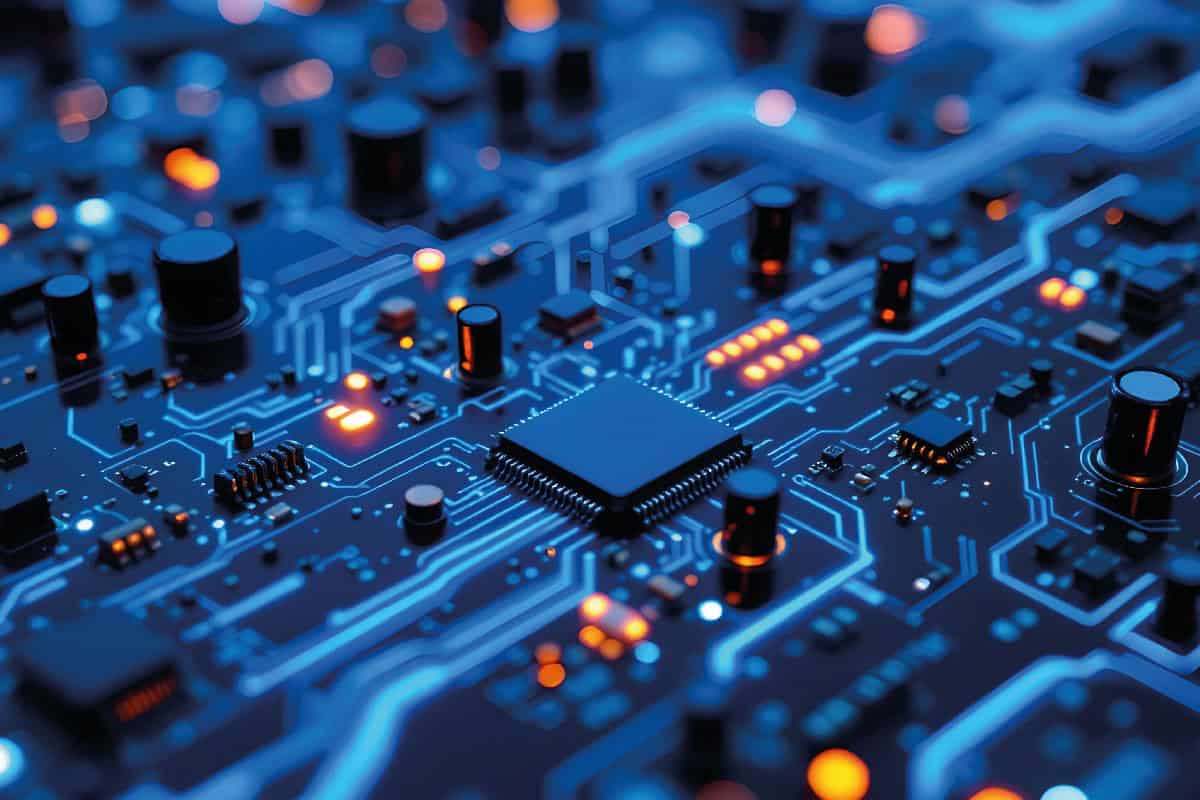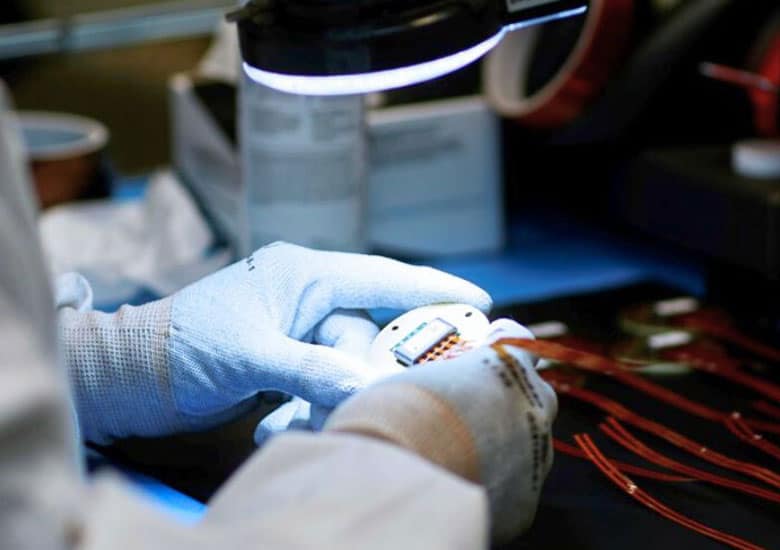Understanding the Obsolescence of Electronic Components
The obsolescence of electronic components occurs when products reach the end of their life cycle or when manufacturers stop producing certain components. This can be caused by various factors such as rapid technological advancements, changes in market demand, or the depletion of resources needed for manufacturing.
By understanding the reasons behind component obsolescence, project engineers can better anticipate future challenges.
The life cycle of electronic components
The life cycle of an electronic component typically follows an S-curve model. In the beginning, the component is in the introduction phase, where both production and demand are low.
During this phase, engineers may face issues related to quality, reliability, and high production costs. The component then enters the growth phase, where its popularity and production increase rapidly, while production costs decrease.
However, as new technologies emerge, the component reaches the maturity phase, and production peaks. It is usually at this stage that engineers begin to notice signs of obsolescence, as manufacturers may start redirecting their resources toward more profitable, newer products.
Finally, the component enters the decline phase, where production decreases and obsolescence becomes inevitable. During this time, engineers may face supply issues, compatibility problems with existing systems, and high costs for rare components.
Impacts of component obsolescence
Obsolescence can have significant impacts on industrial projects.
When a critical component becomes obsolete, it can lead to production interruptions, project delays, regulatory compliance issues, risks to quality and reliability, and additional costs related to storing obsolete parts or finding replacement components.
These consequences can affect a company’s competitiveness, customer satisfaction, and overall project profitability.
Strategies for Managing Obsolescence
To effectively manage the obsolescence of electronic components, here are a few useful strategies:
Proactive Monitoring
Implement a technology watch to identify components likely to become obsolete in the future. By monitoring market trends and manufacturer announcements, engineers can anticipate technological shifts and plan mitigation measures in advance.
Lifecycle Management
Integrate obsolescence management early in the design and development phases of a project. Engineers should consider component life cycles when selecting technologies. For long-term projects, using components with longer life spans may be beneficial, while for short-term projects, newer and easily replaceable components might be more suitable.
Supplier Diversification
Work with multiple suppliers of electronic components to reduce the risk associated with relying on a single source. By maintaining relationships with various manufacturers, engineers can respond more quickly to obsolescence by sourcing alternatives.
Replacement Components
Identify equivalent or substitute replacement components when original parts are no longer available. Engineers must perform thorough evaluations to assess the compatibility, reliability, and performance of replacement parts to ensure they meet project requirements.
Storage and Management of Obsolete Parts
If necessary, implement an appropriate storage system for obsolete components to extend their usable life. This may involve specific inventory management practices to preserve part quality while minimizing storage costs.
Obsolescence of electronic components is a constant challenge for project engineers in the industry. However, by understanding component life cycles and applying effective management strategies, it is possible to optimize obsolescence handling and ensure project sustainability.
Proactive monitoring, lifecycle management, supplier diversification, use of replacement components, and proper handling of obsolete parts are all key measures to ensure the success of industrial projects despite the challenges of obsolescence.




